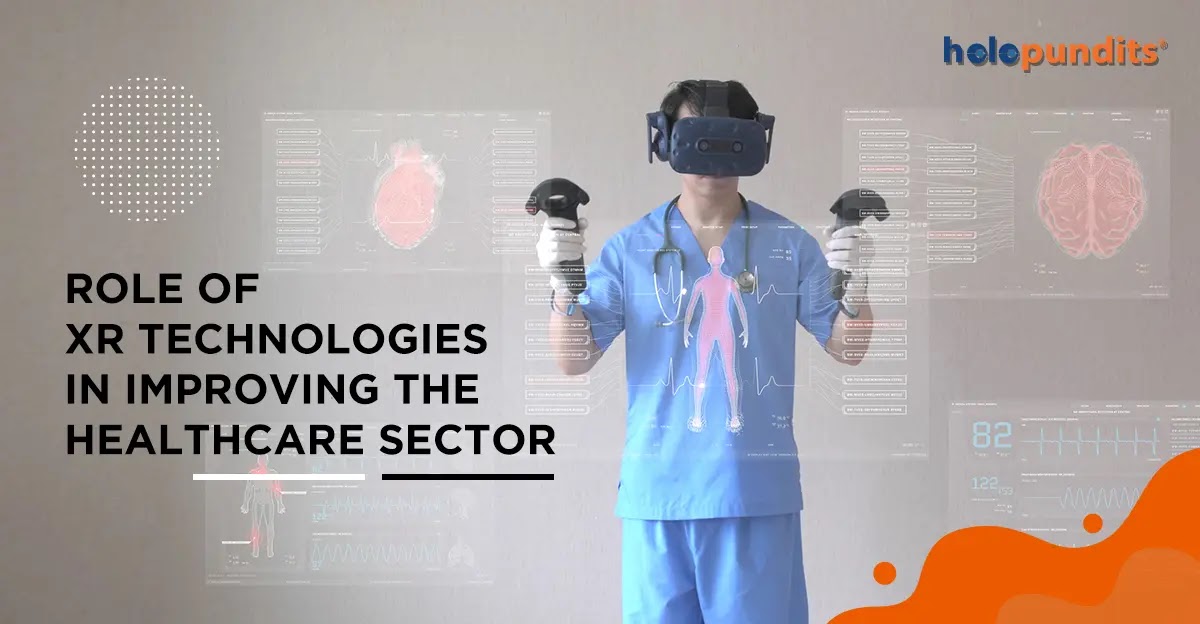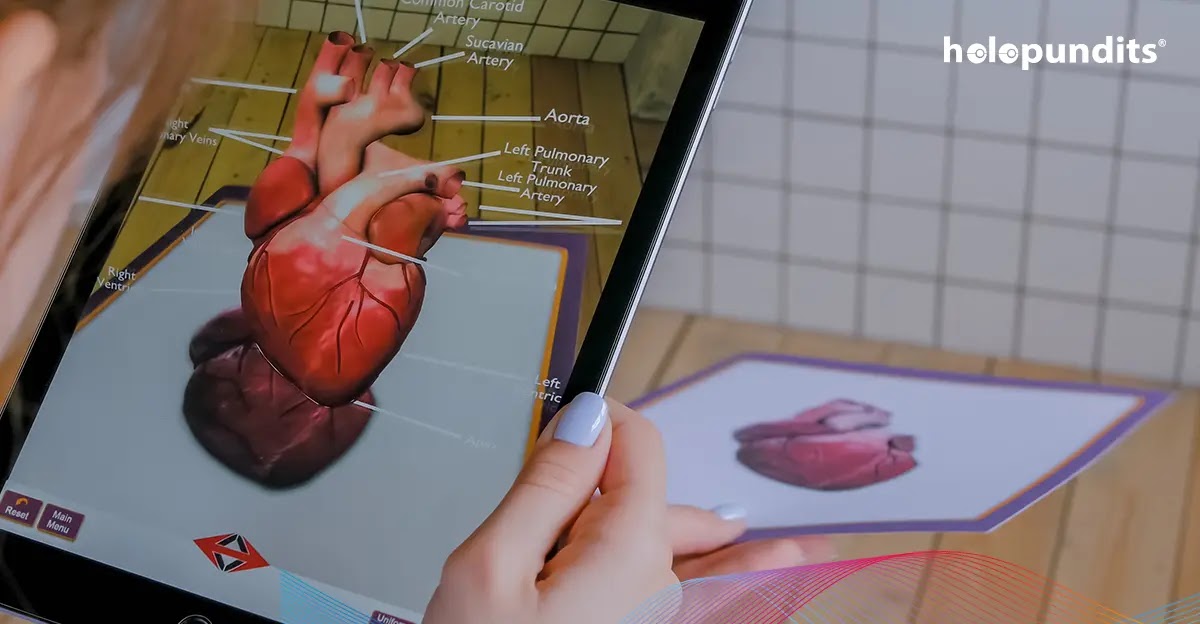Immersive technologies have gained a lot of traction in recent years, thanks to rapid technological advancements. Half a decade ago, many perceived XR technology as a tool limited to the gaming and entertainment industry. However, much has changed after the pandemic, and XR technology is making waves in diverse fields, including healthcare. A
report predicts the global augmented and virtual reality market in healthcare will reach $10.82 billion by 2025, growing at a CAGR of 36.1% from 2019-2025. Extended reality in the healthcare industry is beginning to take shape, and in this blog post, we will explore the role of XR in healthcare and some interesting use cases.
1. Extended Reality - What is it?
Extended reality (XR) is an umbrella term used to describe all kinds of immersive technologies, including virtual reality (VR), augmented reality (AR), and mixed reality (MR).
These technologies bridge the virtual and physical world by blending the real world with computer-generated elements, creating a completely immersive, distraction-free virtual experience.
2. Extended Reality's Scope in Healthcare
Adopting XR technology in healthcare opens up new possibilities for medical practitioners and healthcare organizations. Here are some use cases of extended reality in healthcare.
2.1. Patient Diagnosis
What if medical professionals could scan a patient's body and identify health problems right away? As impractical as it sounds, XR technology in healthcare is making this possible. Doctors can use immersive technologies and 3D models to pinpoint a patient's health condition. XR applications can help detect complex issues such as arthritis, tissue degeneration, tumors, fractures, etc.
Further, XR technology also offers pre-surgical data. Extended reality provides realistic 3D visualization, helping doctors analyze better before making incisions.
2.2. Practicing Surgery
In most professions, people require hands-on practice sessions to excel in their field of work, and surgeons are no different. Medical trainees need years of practice before they become qualified to operate on patients. However, practicing on real-life patients is replete with risks, and one wrong move can cause severe harm. One alternative is practicing on cadavers, but cadavers do not mirror the experience of operating on a real-life human.
Fortunately, XR technology offers a solution to this problem by enabling learners to sharpen their surgical skills in immersive simulations without harming anyone. Using XR simulations, students can practice multiple times and learn from their mistakes without worrying about the consequences.
2.3. Psychotherapy
Mental health problems are on the rise globally, and the demand for viable solutions to combat mental health crises has risen. XR technology offers several benefits in treating mental issues and psychiatric disorders. Immersive technologies help therapists place patients in a safe, virtual environment. Controlled XR simulations allow patients to cope safely with their feelings and behavior. Virtual reality exposure therapy (VRET) and augmented reality exposure therapy (ARET) can help patients overcome all kinds of mental conditions ranging from social anxiety to stress disorder to PTSD.
2.4. Teaching Anatomy
The human body is a complex arrangement of bones, muscles, nerves, and other components. Medical students usually depend on monotonous lectures to study human anatomy and often have a hard time visualizing it. Adopting extended reality to teach anatomy is becoming more popular among medical schools, as immersive XR visuals can replace cadavers and plastic models to teach anatomy. With XR technology and interactive 3D image projections, learners can easily visualize and understand human anatomy and 'take apart' each body part to examine it individually.
2.5. Remote Assistance
Extended reality applications help doctors across the globe collaborate during operations or have an effective virtual meeting to discuss any medical issue. You do not need to wait for specialists to travel to your location from distant locations. With XR, you can connect with expert practitioners in an instant. A
survey shows that 82% healthcare professionals agree that XR solutions allow organizations to eliminate the hurdle of distance in accessing people and offering better services.
Using XR-based remote assistance applications, the specialists can "see what you are seeing" and help diagnose a problem or offer instructions during surgeries even when they are thousands of miles away from the hospital.
Concluding Thoughts
The healthcare industry is ready for the introduction of extended reality technology. The possibilities are endless with XR, and it has the potential to improve healthcare training, reduce costs, and enhance patient satisfaction. As the XR healthcare market continues to grow and as the cost of XR hardware and software dips, it is safe to assume that we will see a significant increase in the adoption of
XR in healthcare to treat diseases over the next decade and beyond. Are you looking to integrate XR into healthcare? At HoloPundits, we have a team of experts in immersive technology solutions. We take customer satisfaction seriously and promise to work with you to understand your needs and develop cost-effective, ingenious solutions.






